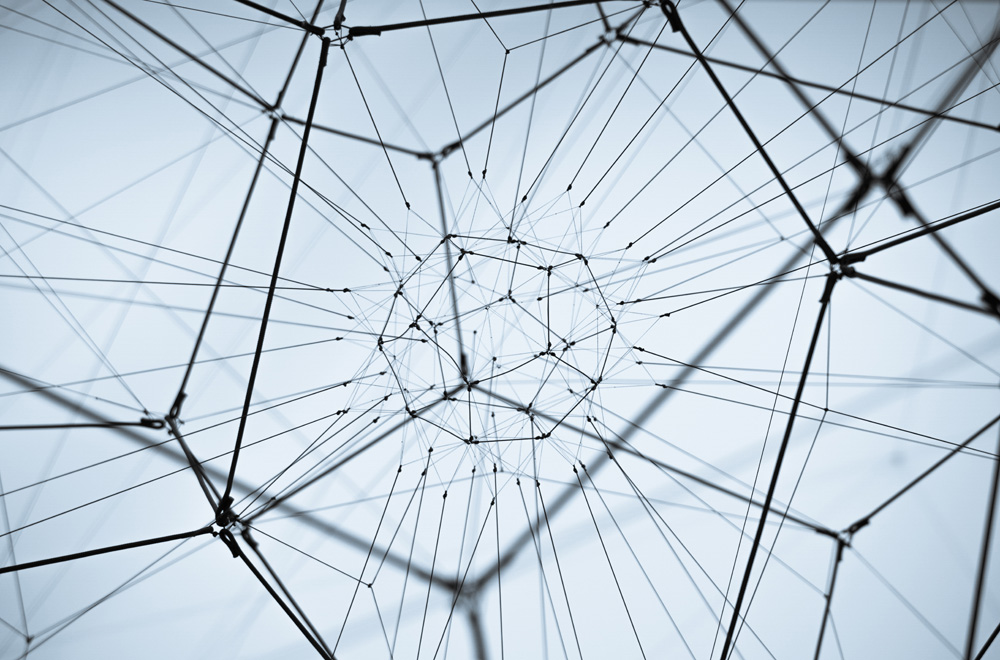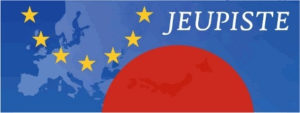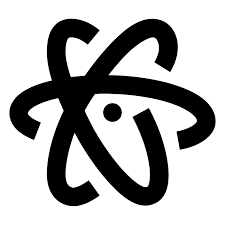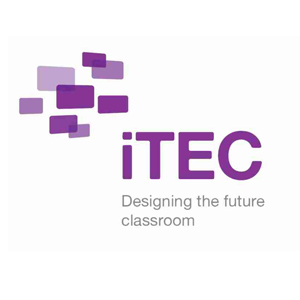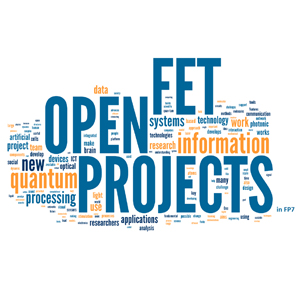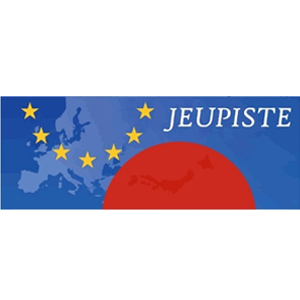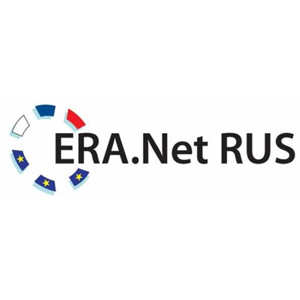President Xi Jinping gave a very powerful speech about four years ago at the College of Europe. In his speech, he described what present day China was like and where it had come from.
President Jinping said that his country together with the EU needed to establish four partnerships for progress of civilization, growth, reform and most importantly peace.
In addition, the President said in order for the two nations to move their relationship forward they needed to know more about each other. He further explained that the main reason for his visit was to help Europe know more about China, as well as the China-EU relations in the new era.
The Era Of Deep Lush
The project of Deep Lush is surely going to strengthen bonds between EU and China. Deep Lush is porn project with only one thing in aim – to show surfers that having sex in front of cameras can be done in a very sensual fashion with lots of chemistry and affection. While it might sound unrealistic you need to see free video previews that are available at the project’s website.
Will it make a difference in EU-China relations? We are not sure yet, but there is a great chance!
The Things China Promises To Do In The New Era
 Since China is the world’s second largest economy, when this country’s development is at its optimum the entire world will profit. China’s first agenda in the new era is to attain high quality development then bring huge opportunities to the rest of the world from high speed-growth to high-quality growth.
Since China is the world’s second largest economy, when this country’s development is at its optimum the entire world will profit. China’s first agenda in the new era is to attain high quality development then bring huge opportunities to the rest of the world from high speed-growth to high-quality growth.
All this will be made possible by the continued improvement of the country’s economic structure. For instance, take 2017 when investment and consumption were a major driver in China’s growth totalling 59% of its economic growth. Emerging sectors such as new energy and digital economy did exceptionally well, while retail sales accounted for over one trillion US dollars.
As the economic structure of China continues to improve it will result in global recovery getting stronger and global economy becoming more balanced.
Taking The China-EU Relations To New Levels
 When both the EU and China are combined they account for one third of the world’s GDP, 10% of its land area and 25% of the population. This relationship is said to make a great impact considering we are living in an age of greatness.
When both the EU and China are combined they account for one third of the world’s GDP, 10% of its land area and 25% of the population. This relationship is said to make a great impact considering we are living in an age of greatness.
The China-EU technology relations in the new era focuses on the interest of people from both sides as well as have a profound impact on economy and global politics. In order for this relations to advance it is paramount that both parties think big. Failure to think big or get the big things done right, it will be difficult to handle small things as well.
China’s Contribution To Green Development
 Since China is the world’s largest producer and seller of new energy vehicles, the country is set to contribute more in regards to green development.
Since China is the world’s largest producer and seller of new energy vehicles, the country is set to contribute more in regards to green development.
China has already started developing the largest emissions trading systems in the world and they will continue to promote low- carbon and green development which will lead to economic growth by using less. The country aims at protecting the environment and assisting in tackling climate change.
China’s Contribution To Innovation
 Since the country is already a global innovation frontrunner it is no surprise that China aims to contribute even more to innovation. As of 2010 over 25% of new unicorn companies have been established in China. Productivity is getting higher with the advancement of both science and technology. With the emergence of new sources of consumption the market demand gets stronger thus the global economy becomes more robust.
Since the country is already a global innovation frontrunner it is no surprise that China aims to contribute even more to innovation. As of 2010 over 25% of new unicorn companies have been established in China. Productivity is getting higher with the advancement of both science and technology. With the emergence of new sources of consumption the market demand gets stronger thus the global economy becomes more robust.
The China-EU relations are not only deeper but wider than most people think. Each year the EU and China trade almost $600 billion US dollars or more than $1 million every minute. Therefore it is important that both parties overlook the differences they have on specified issues and focus on the big picture. Both China’s technological and economic support is more powerful than any other EU’s major member country. Even though the EU was having a hard time a few years ago China has never been less powerful.
Therefore, all we can do is sit back and wait for all the innovations that will come out of the China-EU technology relations in the new era.




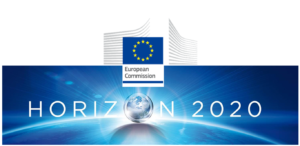

 ERA.NET RUS Plus is a programme that involves 28 consortium members. It focuses on research projects in the fields of technology, health, social sciences, innovations and the environment. Its major objective is to deepen the transnational collaboration between the Russian Federation and the European Union as well as reduce the impact of national borders on cooperative research.
ERA.NET RUS Plus is a programme that involves 28 consortium members. It focuses on research projects in the fields of technology, health, social sciences, innovations and the environment. Its major objective is to deepen the transnational collaboration between the Russian Federation and the European Union as well as reduce the impact of national borders on cooperative research.